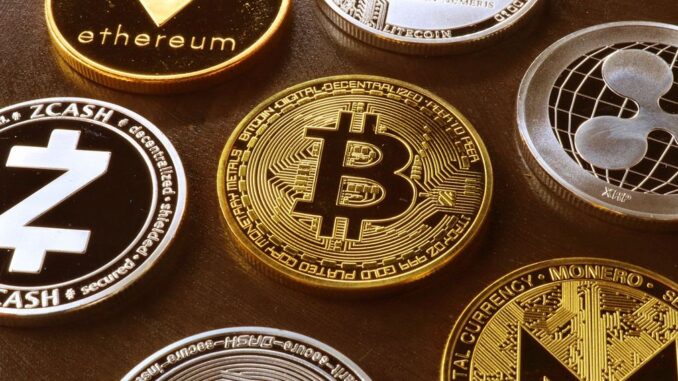
In this article, we’re happy to share an in-depth guide to USDT (Tether). In it, we explain what USDT is, how many transactions it can handle, and how to buy crypto online with credit card.
What’s Stablecoin?
Stablecoins are cryptocurrencies that try to reduce the price volatility of the cryptocurrency market by tying each token to another cryptocurrency, fiat currency, or exchange-traded commodity like precious metals.
Stablecoins are built with the same features as other popular cryptocurrencies. They make transactions easy by using the existing infrastructure for cryptocurrencies and trustless networks that can be found by using the right block explorer. This lets people ask for payments in a specific fiat currency or precious metal, which can protect them from sudden changes in price.
Even though USDT’s reserve and issuance system are controversial, it still has the longest track record and strongest solvency of all stablecoins.
The Ethereum blockchain is where most Tether lives
It’s important to remember that more than half of USDT tokens are ERC-20 (Ethereum) tokens when deciding which blockchain to hold USDT on. This changes liquidity pools, wallet storage, the number of trades, and how easy it is to leave USDT. This is good for traders because it gives them more choices if they want to transfer on one blockchain or another. The next chart shows how USDT is split between the Ethereum, Omni, and Tron blockchains.
Where do you keep USDT?
When it comes to privacy, security, and ease of access, every trader has different needs. The following is a simple way to think about the trade-offs: Is the storage locked or not locked? Is it in hot wallets or cold wallets?
The custodial option would be to store USDT on an exchange like Trastra, which gives traders instant access to trading opportunities, so they can quickly get into and out of a position. The trade-off is that users may have less control over their privacy and security.
A noncustodial storage option, like ShapeShift, which is a non-custodial decentralized exchange, lets a trader with smaller liquidity pools still enter and exit positions, but the price slippage is higher. But compared to a custodial exchange, this gives users more security and trust.
Quick Reminder: If you need to buy SEPA ETH, please contact us for help.
Traders also have to choose between hot storage and cold storage. When you use a web-based wallet where apps are directly connected to the internet, this is called “hot storage.” Hardware wallets and paper wallets like Ledger and Trezor are used for cold storage. These offer the most privacy and security, but they can’t be traded as large exchanges can. Some trading platforms, such as Trastra, use cold storage solutions that are more advanced and made for institutions.
What Happened to the Whales?
A “whale” address is one that is not on an exchange but has enough tokens to be in the top 40 addresses. Whales are known for moving the market because they can sell or pump a lot of tokens and make order books full. Through governance voting, small market cap tokens, staking, and other ways, they have a lot more power.
Stablecoins are not a high-risk target for whales because they are made to handle price changes, which is one of the main goals of whales.
Trading Volume Speaks Volumes
Some trader preferences are shown in the table below. From what CoinMarketCap has said, traders use USDT more than Bitcoin and other top cryptocurrencies. Most cryptocurrency trading pairs, even BTC trading pairs, trade a lot less than USDT trading pairs.
